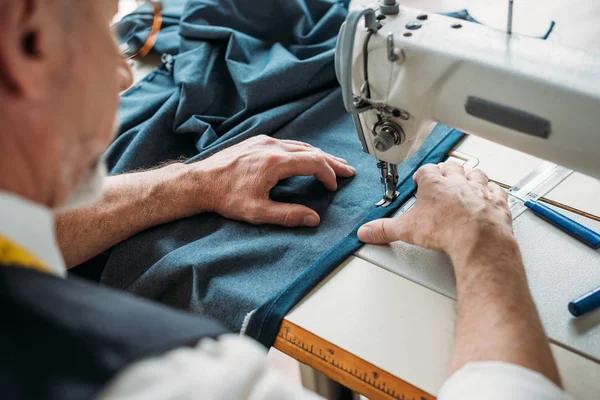Foreign fashion designers often find themselves in a labyrinth of choices when it comes to sourcing the right textile suppliers abroad. The global textile industry is vast and bravadogaminggg.com diverse, with cryptosmonitor.com manufacturers spread across different continents offering a variety of fabrics, from cotton to silk, wool to linen. But finding the perfect match for their design vision can be a challenging task.
One way foreign fashion designers find textile suppliers abroad is through attending international trade shows. These events are an excellent platform for networking and building relationships with potential suppliers. Designers get an opportunity to meet manufacturers face-to-face, inspect their products firsthand and discuss ufabetserm.com terms of business directly. Trade shows also offer insights into the latest trends in textiles and provide inspiration for future designs.
Another effective method used by designers is online sourcing platforms such as Alibaba or Global Sources. These websites connect buyers with sellers from around the world, providing detailed information about each supplier’s product range, pricing structure, verifiedlicence.com minimum order quantities and delivery timescales. This allows designers to compare multiple options at once before making a decision.
Social media has also become an invaluable tool in this search process. Platforms like LinkedIn allow designers to connect directly with representatives from manufacturing companies and initiate conversations about potential partnerships.
Despite these resources being readily available, there are several factors that need careful consideration before deciding on a supplier. Quality assurance is paramount; therefore checking certifications such as ISO standards or eco-labels is crucial in ensuring that the textiles meet international quality standards and ethical guidelines.
Price negotiation plays another significant role in this process – while cheap materials may seem stellispro.com attractive initially, they might end up costing more due to poor quality leading to wastage or customer dissatisfaction down the line.
Furthermore, communication efficiency between designer and supplier should not be overlooked; language barriers can lead misunderstandings causing delays or errors in casinobonussupreme.com orders which could impact production timelines severely.
Finally yet importantly, geographical location matters too – shipping costs can add significantly onto total cost if not considered carefully during initial negotiations; hence proximity to the manufacturing site or availability of efficient logistics services should be taken into account.
In conclusion, finding the right textile olumorocktv.com supplier abroad is a complex task that requires careful research and thorough consideration. By leveraging trade shows, online sourcing platforms and social media, foreign fashion designers can navigate this intricate landscape more effectively. However, they must also balance quality assurance with price negotiation, effective communication and geographical location considerations to ensure spsclogin.com a successful partnership with their chosen supplier.

